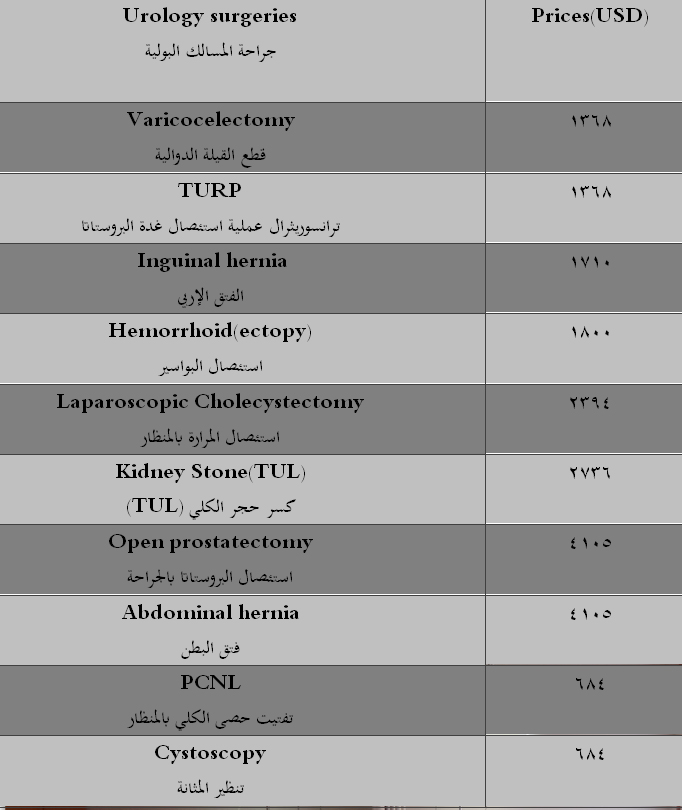Urologist is responsible for visiting patients, assessing medical history, and diagnosing conditions and sicknesses affecting the genitourinary tract.
An urologist also performs many in-office procedures, diagnostic tests and outpatient and inpatient procedures and surgeries. Surgery is often minimally invasive, including robotic, laparoscopic, cystoscopic, ureteroscopic and microscopic technologies.
The most common in-office procedures include:
Vasectomies
Cystoscopies
Urodynamic studies
Prostate ultrasounds
Biopsies
Renal and testicular ultrasounds
Removal of genital warts
Treatments for benign prostate hypertrophy
The surgical procedures a urologist often oversees include:
The removal of a kidney, ureter, bladder, adrenal gland, testicle, or the prostate due to cancer
Surgeries for benign prostate hypertrophy and superficial bladder tumors
The removal of bladder/kidney stones using sound wave pulses, pneumatic devices, or lasers
Repairing or reconstructing damaged or abnormal parts of the urinary tract
Penile corrective surgeries, including circumcision, excision, and grafting for peyronies disease and placement of penile implants
Vasectomy reversal
Sperm retrieval for in-vitro fertility
Varicocele ligation
Anti-incontinence surgeries for both men and women.
A vasectomy is a surgical procedure for male sterilization and/or permanent birth control. During the procedure, the vasa deferential of a man are severed, cauterized, and tied or clipped to prevent sperm from entering into the semen. This way, pregnancy can be prevented. Vasectomies are an out-patient procedure and are usually relatively painless.
A cystoscopy is an endoscopy (telescopic examination) of the urinary bladder via the urethra. It is usually done under local anesthesia and is usually recommended for those with frequent unexplained urinary tract infections, those who have blood in the urine, or those who are suffering from either urinary retention or urinating abnormalities.
A urodynamic study is a study in which small catheters are placed in the bladder and rectum of the patient in order to monitor the pressures of the bladder as the patient’s bladder is filled and as they urinate.
Benign prostate hypertrophy is an increase in the size of the prostate. This is a common occurrence, with approximately 50 percent of men having evidence of BPH by the age of 50. The symptoms are typically weak urinary stream and frequent/urgent urination, often at night as well.
In office treatments for benign prostatic hypertrophy include microwave heating of the prostate through a catheter and radiofrequency ablation of the prostate with a cystocope procedure.
A prostate biopsy and ultrasound is performed through the rectum with a probe about the caliber of an index finger. It takes a few minutes and requires no anesthesia.
Removal of genital warts is typically performed with a cautery device and local anesthesia.
In addition to treating these diseases and conditions, a urologist performs specific tests to diagnose them. A urologist’s day-to-day life includes meeting with patients, performing tests, and staying up to date with the newest advancements in the field. Urologists also have the expertise to reverse vasectomies if necessary and implant penile prostheses.

Submit Comment